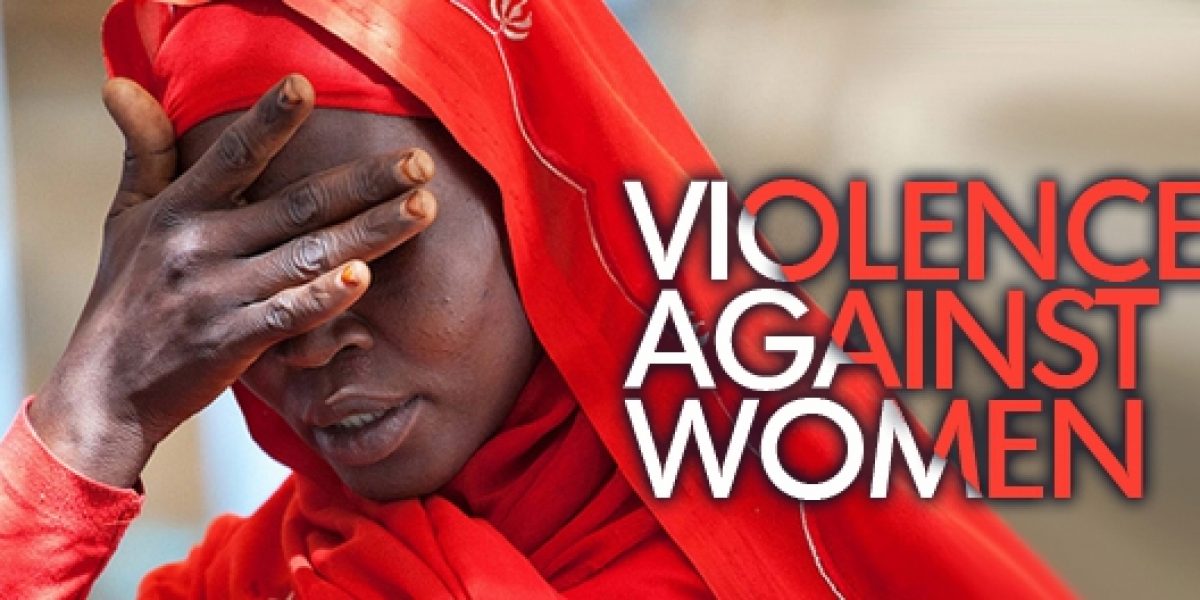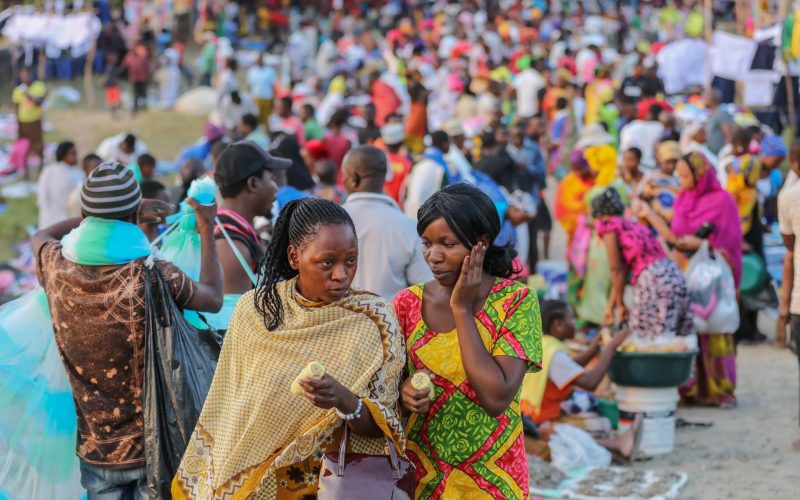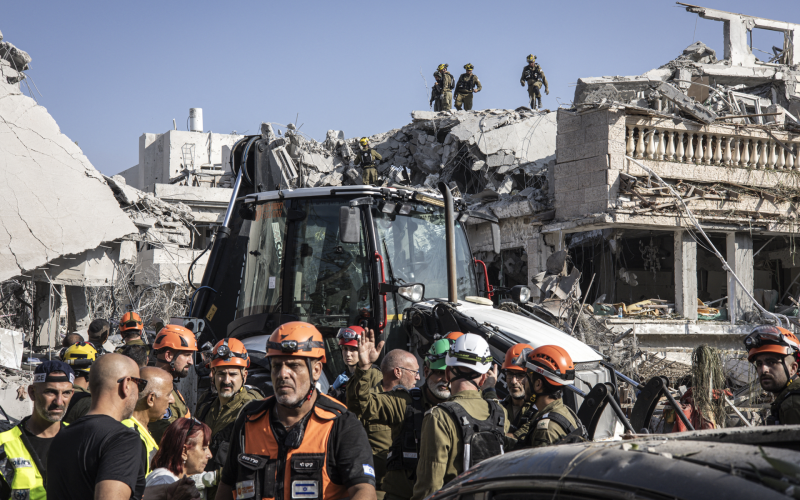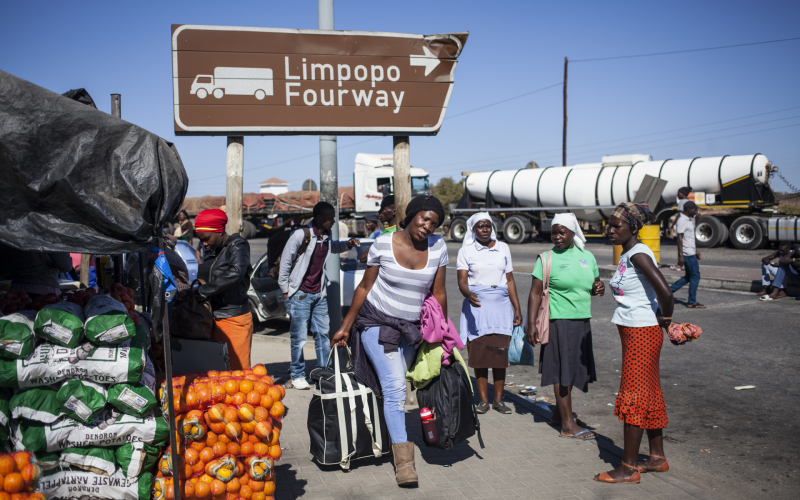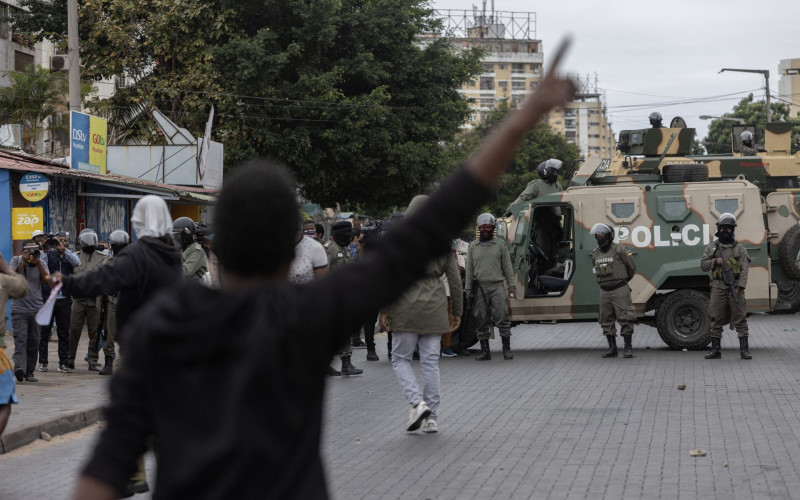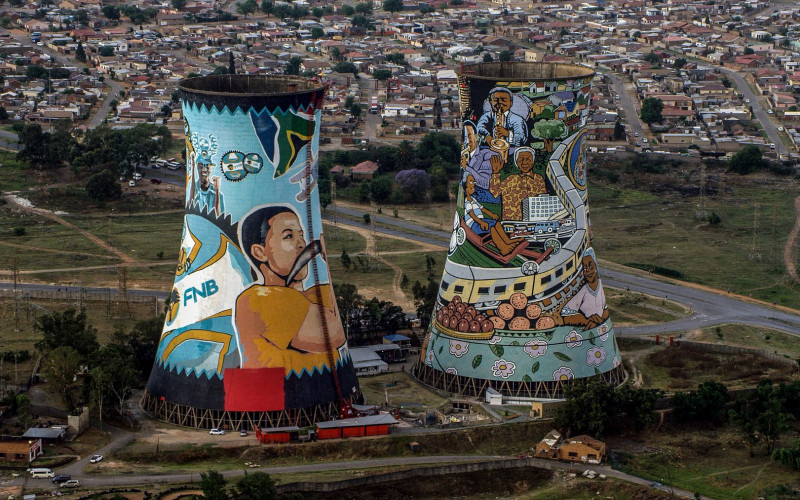The concerns raised regarding gender equality and gender-based violence were supported by eight other African nations, as well as the African Union through its designation of 2015 as the year of Women’s empowerment and emancipation. While there are laws and policies in place at the international and national level, it is in their implementation, as usual, where states have been found wanting.
Gender-based stigmas and hierarchies are prevalent in most corners of African societies. Stories of women who have experienced some form of violence are heard every day, yet society often brushes these incidents off as the norm, with authorities and family members ignoring, disbelieving, justifying or excusing domestic and sexual violence accusations.
During her speech at the 28th Session of the UNHRC, Maite Nkoana-Mashabane, South Africa’s Minister for International Relations and Cooperation, emphasised the need to promote women’s emancipation and empowerment in Africa. There have been gradual improvements at a national policy level regarding women’s rights, gender equality and women’s empowerment in African countries. However, women’s empowerment cannot be achieved without addressing the issue of violence against women (VAW), as was explicitly noted by South Africa, Egypt, Algeria and Sierra Leone in Geneva. The question society needs to ask is why it is so difficult to see “black and blue” in Africa, and what can be done to aid the combatting of VAW on the continent.
South Africa boasts the most progressive laws against VAW globally. The Domestic Violence Act No 116 of 1998 provides one of broadest definitions of violence against women. The Criminal Law (Sexual Offense and Related Matters) Act No 32 of 2007 further expands the reach of the Act.
Despite legislative protection, South African women face cultural constraints that limit their ability to legally defend themselves. It is accepted that in the country only one in nine rapes are reported. The average rate of conviction of those accused of rape lies between 4% and 8% nationwide. Victims face cultural, social, economic and administrative setbacks and pressures throughout the process of seeking legal assistance.
The most common complaints among rape victims in the South African judicial system are that there is a lack of coordination between departments; that in certain phases of the process they are confronted with the stigma of having brought the rape upon themselves; and that there is no way of knowing how far along their case is. Other concerns include a lack of resources allocated to battling VAW in South Africa, and the ability of the perpetrators to buy their way out of charges.
At the other end of the continent, Egypt has begun taking an active stance against VAW, as shown in the country’s ratification of a law criminalising sexual harassment in 2014. The Egyptian Ministry of Interior has also recently launched a proactive method to tackle VAW, as dedicated units are being set up in all police departments to assist in the protection of female victims of violence. These measures are evidence of the Egyptian government’s commitment to implementing the recommendations made by the UNHRC regarding VAW in the country.
However, policy decisions and governmental actions are not sufficient. The Cairo Centre for Social Research and Criminology indicated that 28% of Egyptian women are victims of interpersonal violence in their lifetimes. Studies also show that Egyptian women living in rural areas are more likely to justify violence against women; and that the more inclined a woman is to justify or agree with VAW, the higher the rate of violence she will experience in her lifetime.
The problem does not seem to lie in political will to address VAW as seen by the two countries’ initiatives; but more at the grassroots level, where the culture of impunity, of silence against violence, and the hegemony of male dominance in the social sphere continue to reign. Civil society initiatives to change the framework of social beliefs and patterns are required. Campaigns such as ‘Red My Lips’ and the 16 Days of No Violence Against Women, which aim to create awareness about sexual violence against women, are useful starting points for initiating change.
Yet awareness is not enough. Re-educating society about respect across gender lines is crucial for future shifts in attitudes. The sentiment that children need to be taught to respect women and their rights, and to promote gender equality as the norm is increasingly present. Promoting these ideals through education systems needs to be supported. Reshaping the value of women in society by re-educating the youth can provide a dramatic shift in gender roles and VAW in the future.
The complexity of VAW and its embeddedness in tradition will be difficult to counter from the top down. National policies and international mechanisms such as the UNHRC seem to provide little support and palpable change regarding this issue. Local activities and solutions from pro-active groups as well as the cultural re-education of the youth can help in creating safer societies in Africa and paving the way for the genuine empowerment of women.

